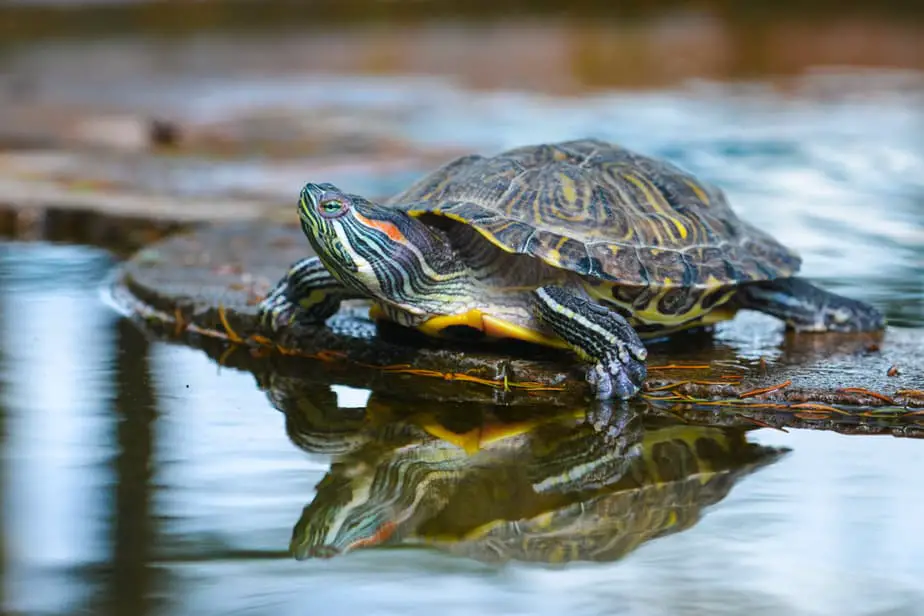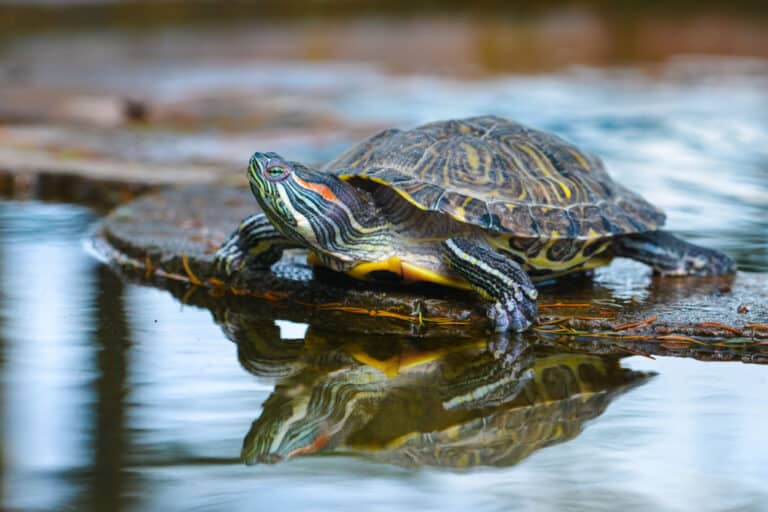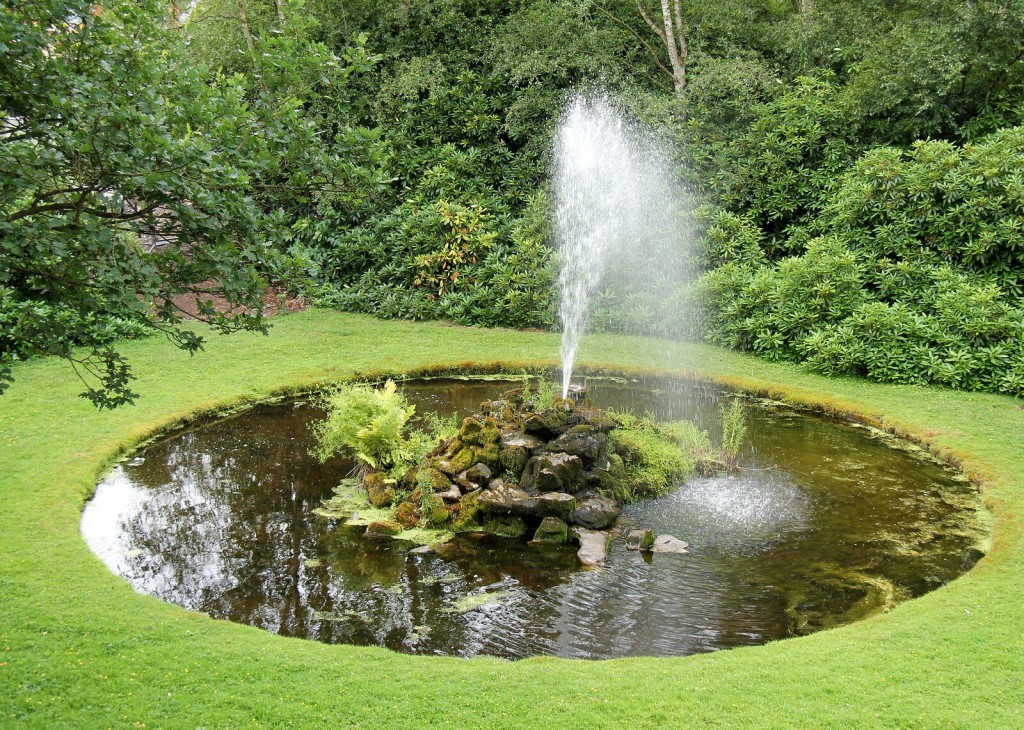
Introduction
For reptile enthusiasts and nature lovers alike, a turtle pond is a serene and captivating addition to any landscape. These carefully designed habitats provide a safe and natural environment for turtles to thrive while offering a tranquil oasis for observers. Whether you are a seasoned turtle enthusiast or someone looking to enhance the beauty of your backyard, a turtle pond can be a remarkable and rewarding project.
Creating the Perfect Turtle Pond

Designing a turtle pond requires careful planning and consideration to ensure the well-being of the turtles and the overall sustainability of the ecosystem. Here are some essential steps to create the perfect turtle pond:
1. Selecting the Right Location

The first step is to choose an appropriate location for your turtle pond. It should ideally be situated in a spot that receives a good amount of sunlight, as turtles require UV rays for their health and well-being. Additionally, make sure the area is away from potential hazards such as trees with falling branches or excessive foot traffic.
2. Determining the Pond Size

The size of your turtle pond will depend on the number and species of turtles you plan to house. As a general rule, each turtle should have at least 10 square feet of water surface area. Consider the growth potential of the turtles and plan accordingly to provide ample space for them to swim and bask.
3. Choosing the Right Pond Liner
When constructing a turtle pond, selecting the right pond liner is crucial to prevent leaks and ensure the longevity of the pond. Rubber liners or preformed pond shells are popular choices due to their durability and flexibility.
4. Incorporating a Variety of Plants
Plants play a vital role in a turtle pond as they provide shade, oxygenate the water, and offer nesting areas. Choose a mix of aquatic plants such as lilies, water hyacinths, and duckweed. Additionally, consider adding some marginal plants like cattails and water irises around the pond's perimeter.
5. Adding Hiding Spots and Basking Areas
Turtles require hiding spots and basking areas to feel secure and regulate their body temperature. Incorporate rocks, logs, and floating platforms in your turtle pond to provide these essential features. These elements will not only enhance the aesthetics of the pond but also contribute to the overall well-being of the turtles.
Turtle Pond Maintenance

Maintaining a turtle pond is essential to keep it clean and ensure the health of the turtles. Here are some maintenance tasks you should regularly perform:
1. Filtration System

Installing a filtration system is crucial to maintain water quality in your turtle pond. A combination of mechanical, biological, and UV filtration will help remove debris, control algae growth, and eliminate harmful bacteria.
2. Regular Cleaning

Regularly clean the pond by removing any fallen leaves, excess algae, and debris. Use a net or a pond vacuum to keep the water clean and prevent the accumulation of waste.
3. Water Quality Testing

Monitor the water quality of your turtle pond by regularly testing pH, ammonia, nitrite, and nitrate levels. This will help you detect any imbalances and take appropriate measures to maintain a healthy environment for your turtles.
4. Feeding and Nutrition
Provide a balanced diet for your turtles, including a variety of commercial turtle pellets, fresh vegetables, and occasional live or frozen prey. Avoid overfeeding and remove any uneaten food to prevent water contamination.
Conclusion
A turtle pond offers a unique and captivating experience for both turtles and enthusiasts. By following the necessary steps to create and maintain a turtle pond, you can provide a safe and beautiful habitat for these remarkable reptiles. Enjoy the tranquility and wonder of observing these fascinating creatures as they thrive in their natural environment.